Typically, my flying RV10 is flown Lean of Peak (LOP) in cruise. Some people are absolutely convinced that running LOP will cause catastrophic damage to an aircraft engine, others believe it will extend engine life WHEN DONE PROPERLY.
There are are lot of resources available regarding LOP operations, I suggest Mike Busch’s videos (Savvy Aviation) are a good place to start.
In my case, I run LOP conservatively buy which I mean I only run LOP in cruise. Typically this means I am running at 65% power or less. I do not run LOP when climbing or when running at high power settings. I also monitor cylinder head temperature (CHT) values and keep them below 400 degrees at all times. This strategy eliminates any risk associated with LOP operations.
One of the advantages of LOP operation is that the engione runs cleaner and cooler. During my annual inspections I borscope my cylinders and
- inspect the piston margins for anything unusual
- inspect cylinder walls for scoring or damage
- inspect valves and exhaust valves in particular
Normal exhaust valves should look like an evenly burnt pizza. This AOPA article discusses boroscoping exhaust valves : ANATOMY OF A VALVE FAILURE.
Here is the AOPA poster that shows examples of good & bad exhaust valves.
During my last annual, I took pictures of my exhaust valves. See below.
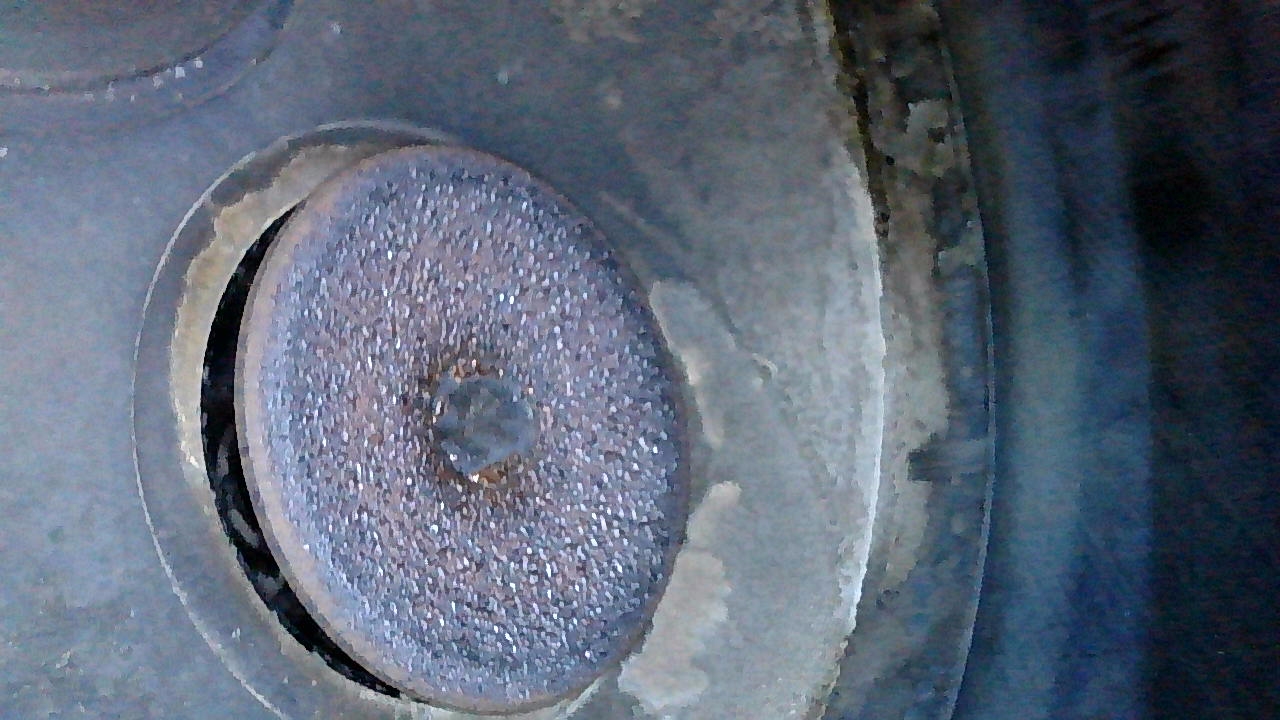
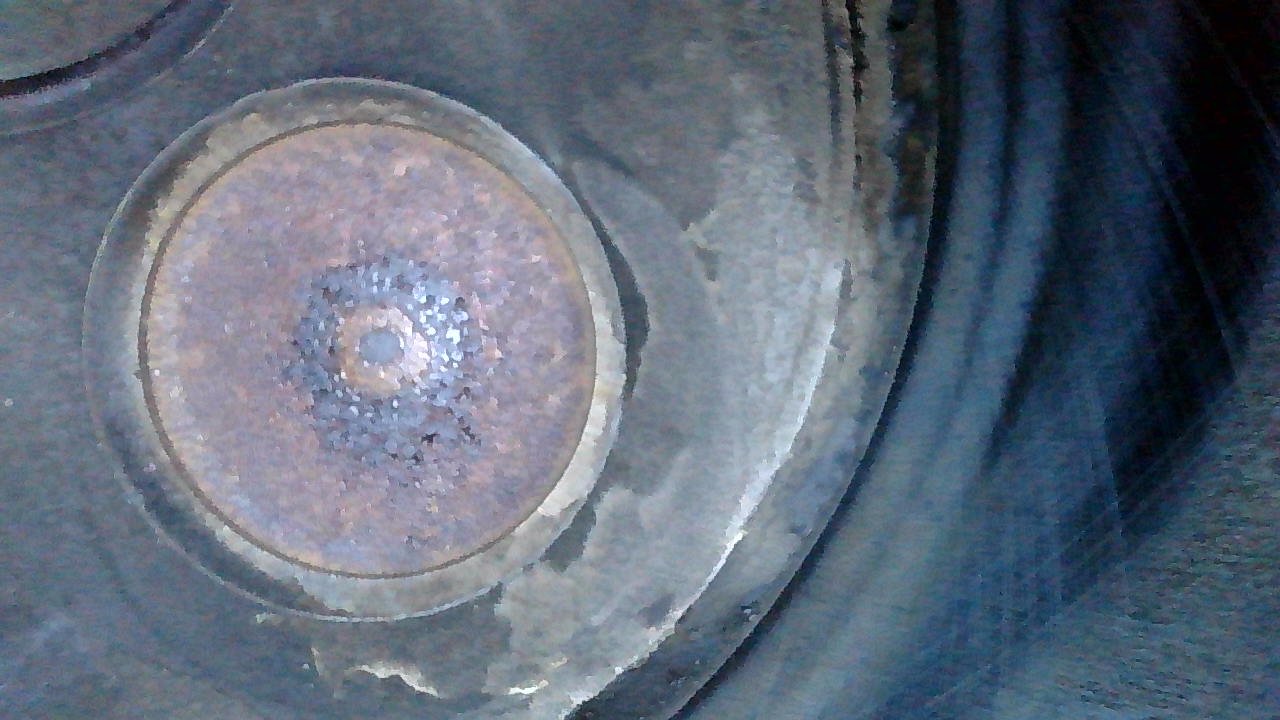
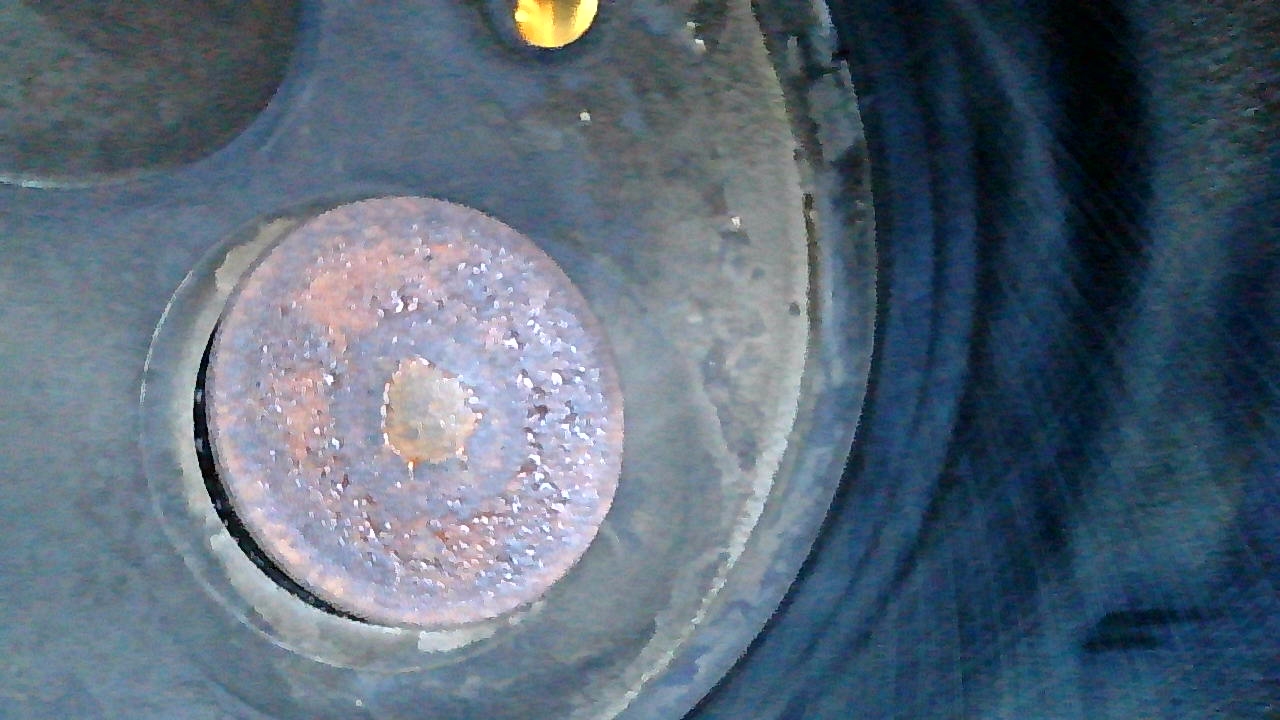
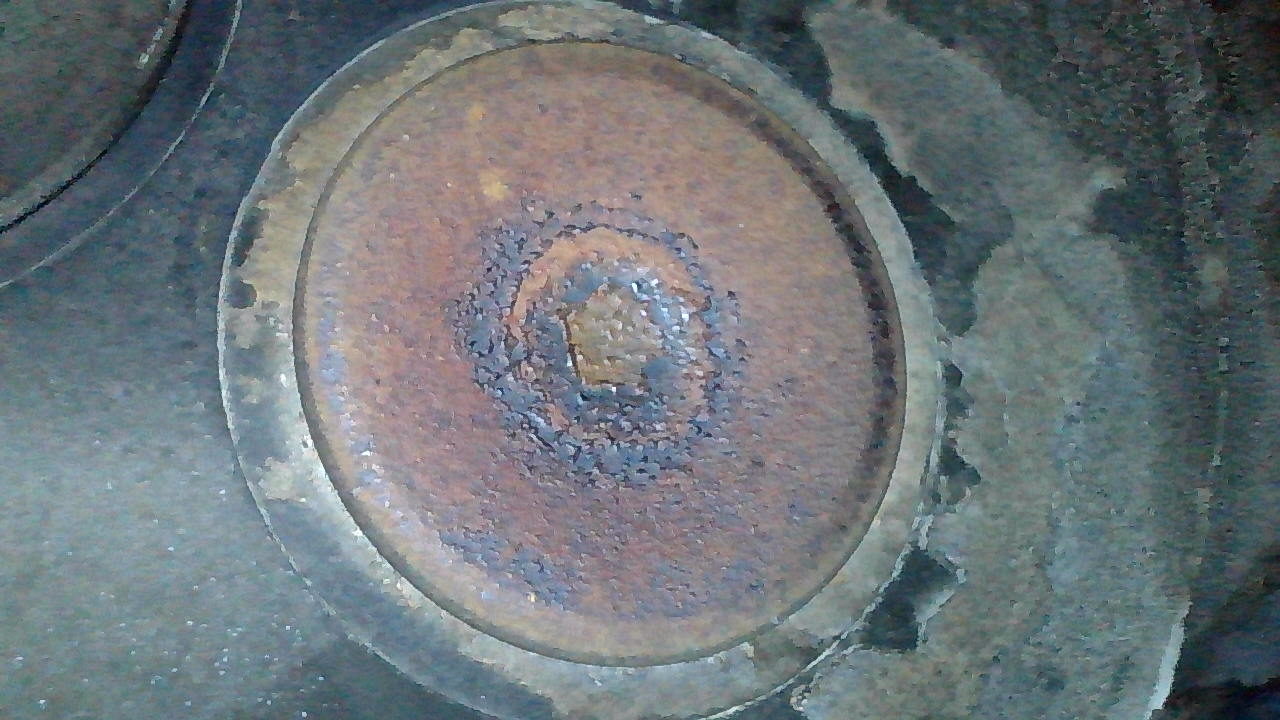
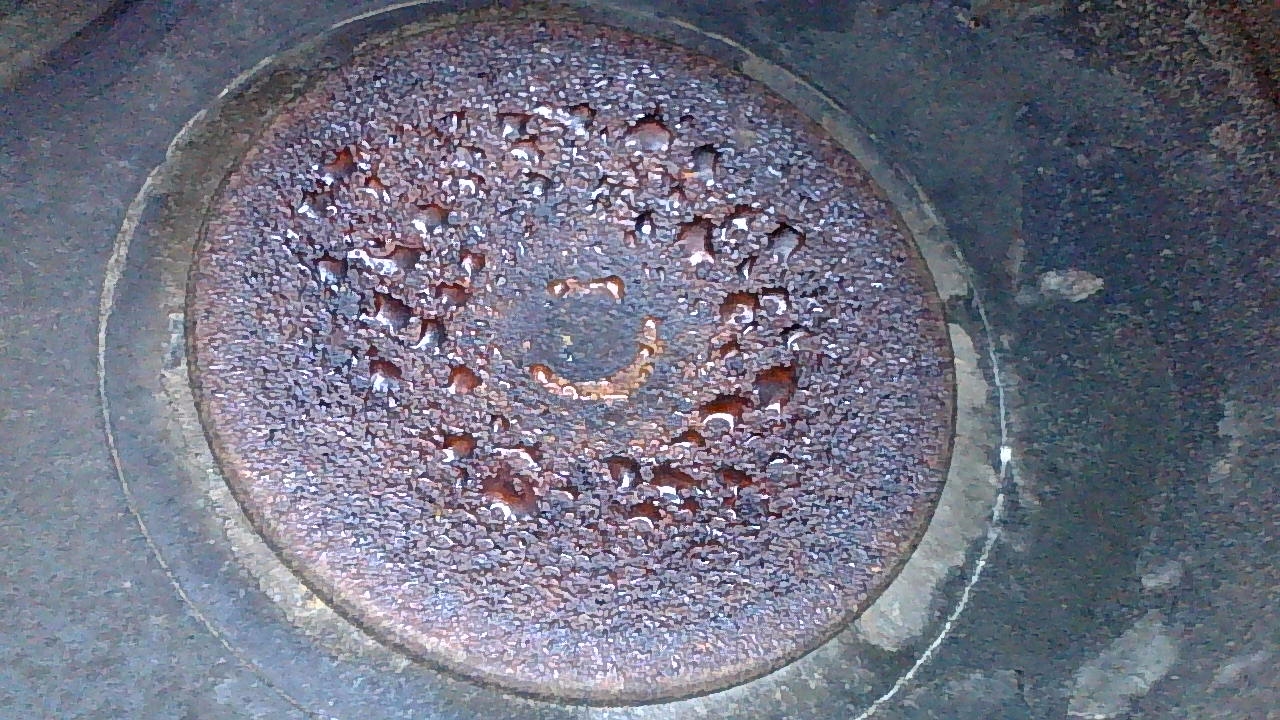
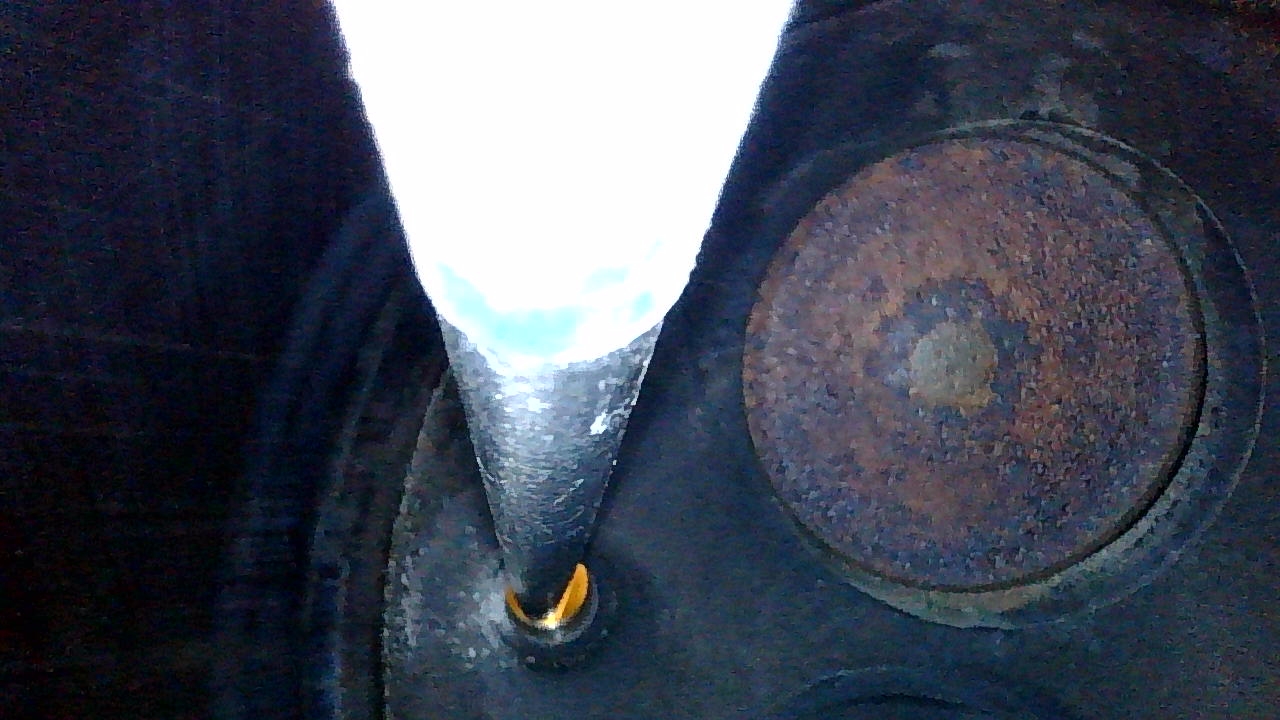
The discolouration appears to be completely normal.
A further check was to examine the spark plugs.
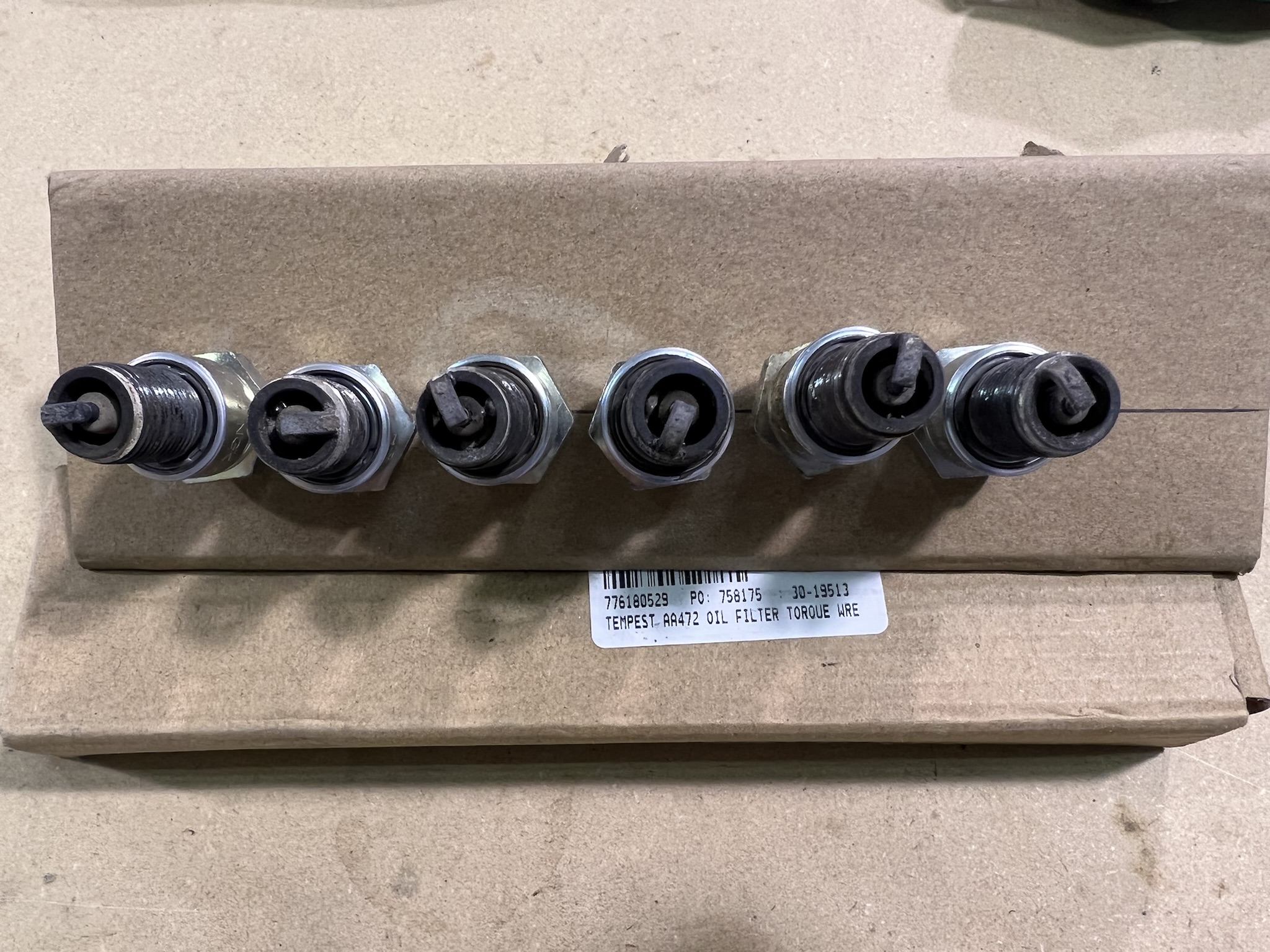
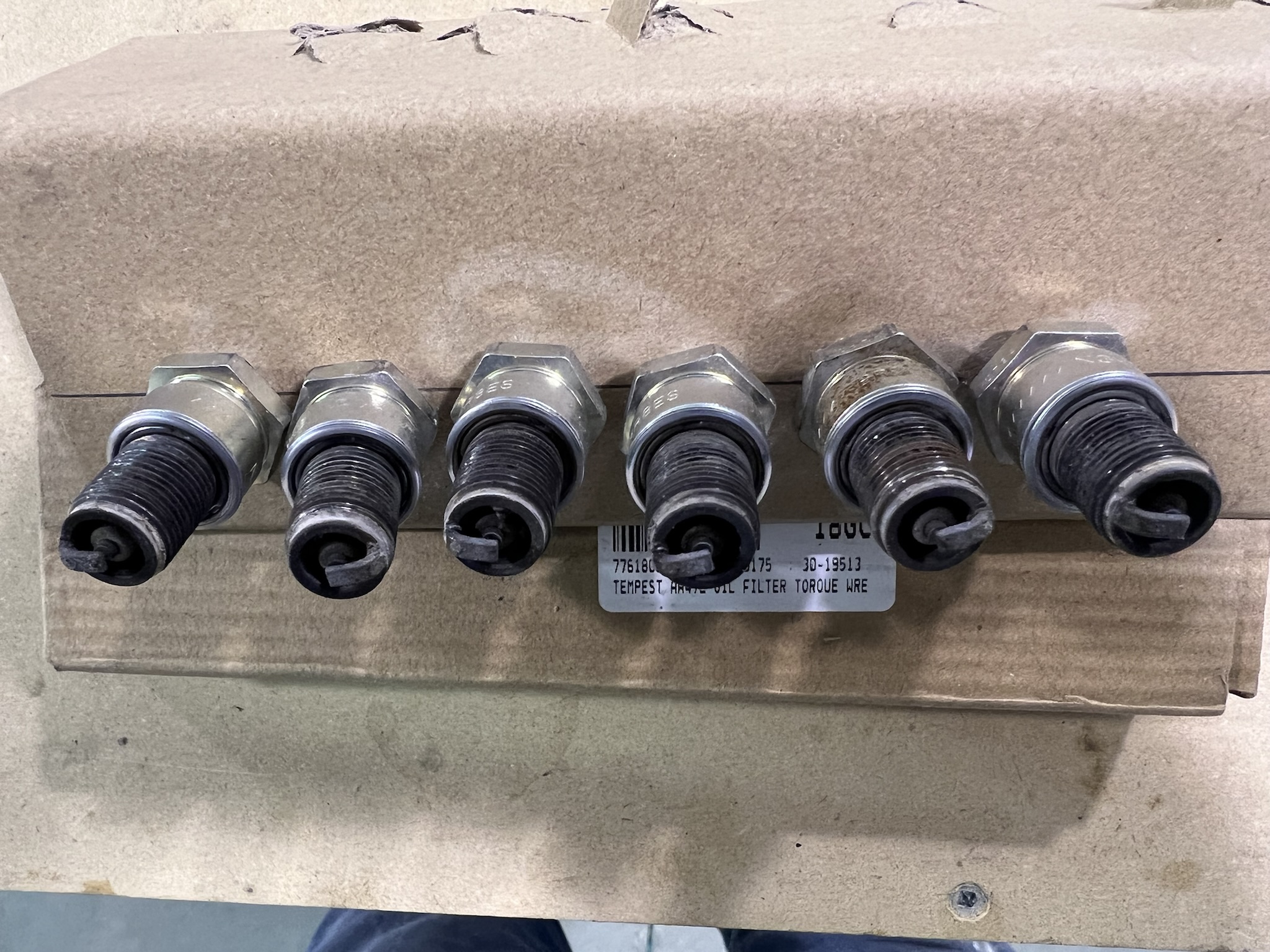
The plug are uniformly the same colour with minimal wear on the electrodes. There were some lead balls in the lower plugs (normal). NO oil was found on the plugs. In other words the plugs were very clean.
The SDSEFI system uses standard automobile plugs. Consequently, these plugs went into the trash and new ones were install for little more than the cost of a single “aviation plug”.
.